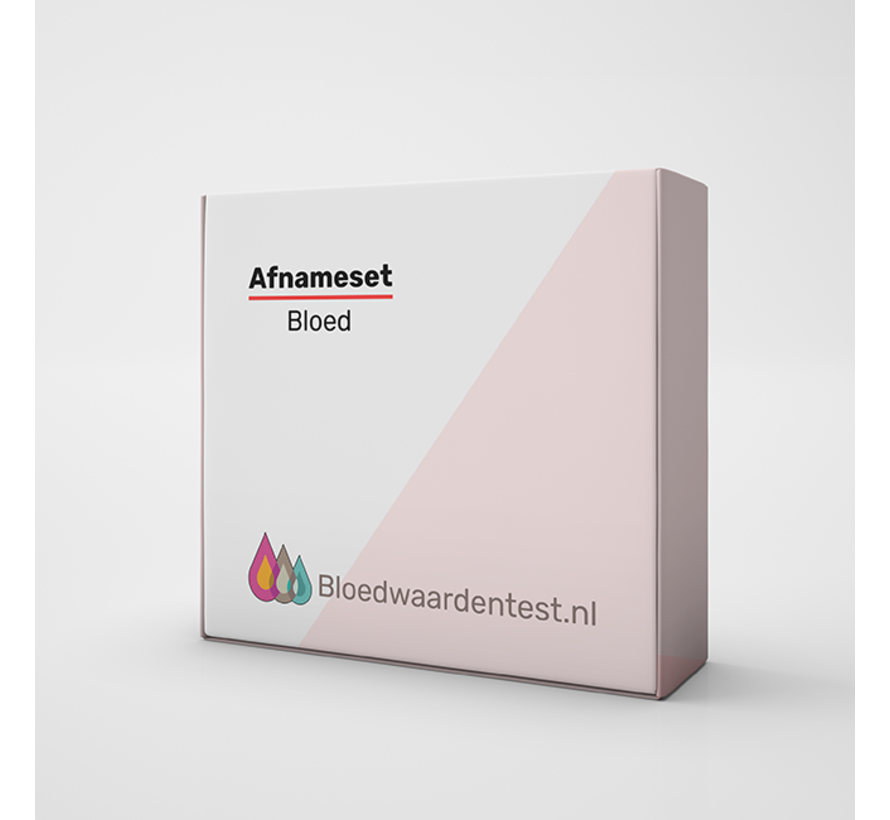Uric acid gout?
Blood test Uric acid, also known as Urate, is measured from blood.
The uric acid test is often requested to find an explanation for symptoms of gout. An elevated result can support the diagnosis. However, the test is not specific to gout, as it can also be found in other diseases. Conversely, an elevated uric acid level only leads to gout symptoms in a limited number of patients.
Patients with gout suffer from painful joints, usually in the big toe, sometimes in the midfoot, ankle, knee or wrist. When inflammation sets in, the joint becomes thick, red and warm. Often an attack is triggered by a high-protein diet or by consuming alcohol.
What does the rash mean?
An increased concentration of uric acid means that the body cannot properly process the breakdown of cells and cellular materials. Accumulation of uric acid can cause gout (arthritis) and kidney stone formation in a small percentage of patients. Elevated uric acid levels require additional testing to identify the cause (hereditary metabolic disease, psoriasis, poor kidney function, leukemia, chemotherapy or radiation).
Low concentrations of uric acid are seen much less frequently and rarely cause concern. It may be related to certain liver or kidney diseases, exposure to toxic substances, and very rarely to an inherited metabolic disease. Other tests are needed to detect these conditions and the uric acid test is not appropriate.
What is gout?
Gout is an inflammation caused by a buildup of uric acid in the blood. Uric acid forms crystals in a joint that cause it to suddenly become violently inflamed. This often happens at night, with the joint becoming very painful and stiff. It is red, warm and swollen. It often involves the joint between the big toe and the midfoot, and sometimes a joint in the midfoot, ankle, knee or wrist.
Who can get it?
People with too much uric acid in their blood: of these, 10 percent will have a gout attack at some point. People with kidney disease and leukemia patients are more likely to get gout, as are people who drink alcohol excessively or take certain medications, such as diuretics.
How common is it?
As we age, the likelihood of getting gout increases. Men are affected four times more often than women. Finally, over 4 percent of men over the age of 75 suffer from gout. A gout attack usually passes within one to three weeks. In almost everyone, it comes back. Within a year, 70 percent will have a second attack. Only 7 percent have not had a second attack after ten years.
What can you do against an attack?
The family doctor can give you a painkiller (diclofenac, naproxen or ibuprofen), which will quickly reduce the pain. If that does not help, you may be given the medicine colchicine. In the first days of a gout attack, resting and cooling the joint helps. Later on, exercise is good.
What can you do yourself to prevent gout?
Excessive users of alcohol can start drinking less, users of diuretics can switch to a different type of diuretic. It is recommended that you consume at least two liters of fluids per day. It is possible to prevent a gout attack by eating fewer foods containing purine (chicken or game). Purine increases the uric acid level of the blood.
Food list of products containing purine
>150mg / 100g
- Fish: anchovies, mackerel, mussels, herring, sardines, smelt
- Meat: organ meat
- Yeast-rich products (such as marmite)
75-150mg / 100g
- Fish: cod, haddock, trout, salmon, red mullet
- Meat: veal, game, mutton, bacon
- Beer and alcoholic beverages, non-alcoholic beer





